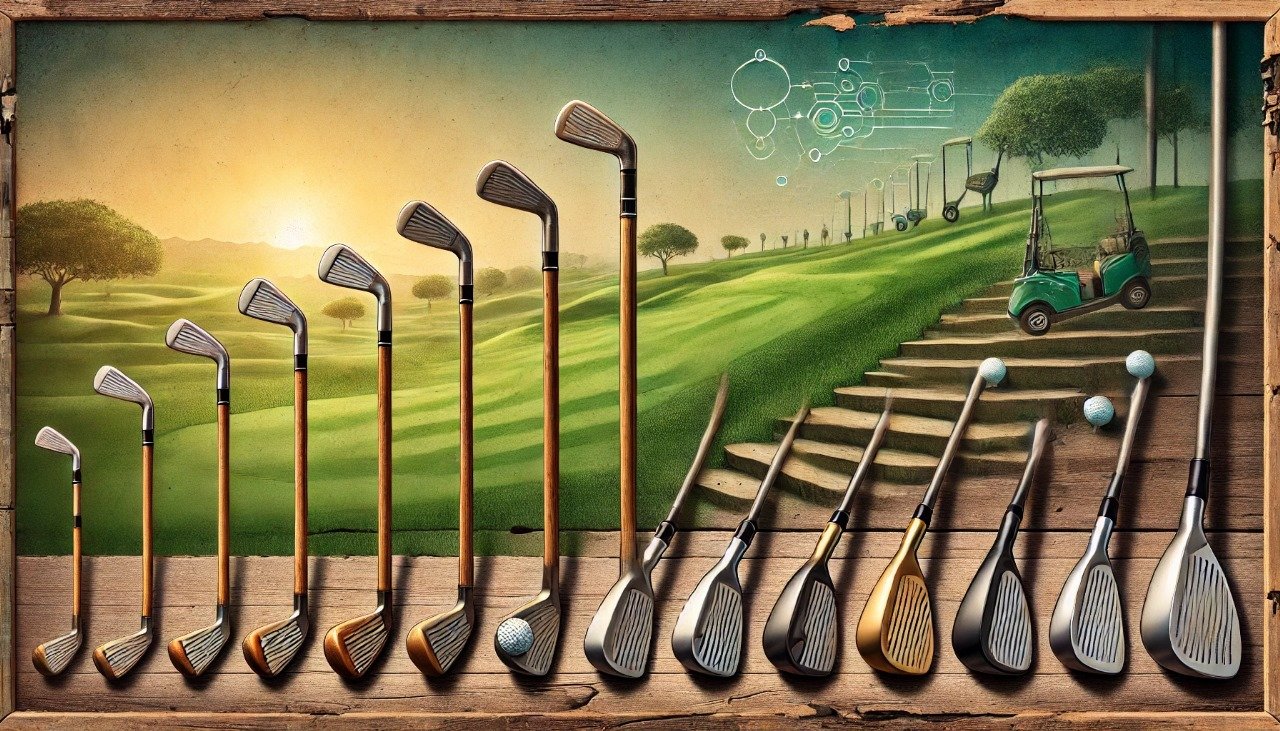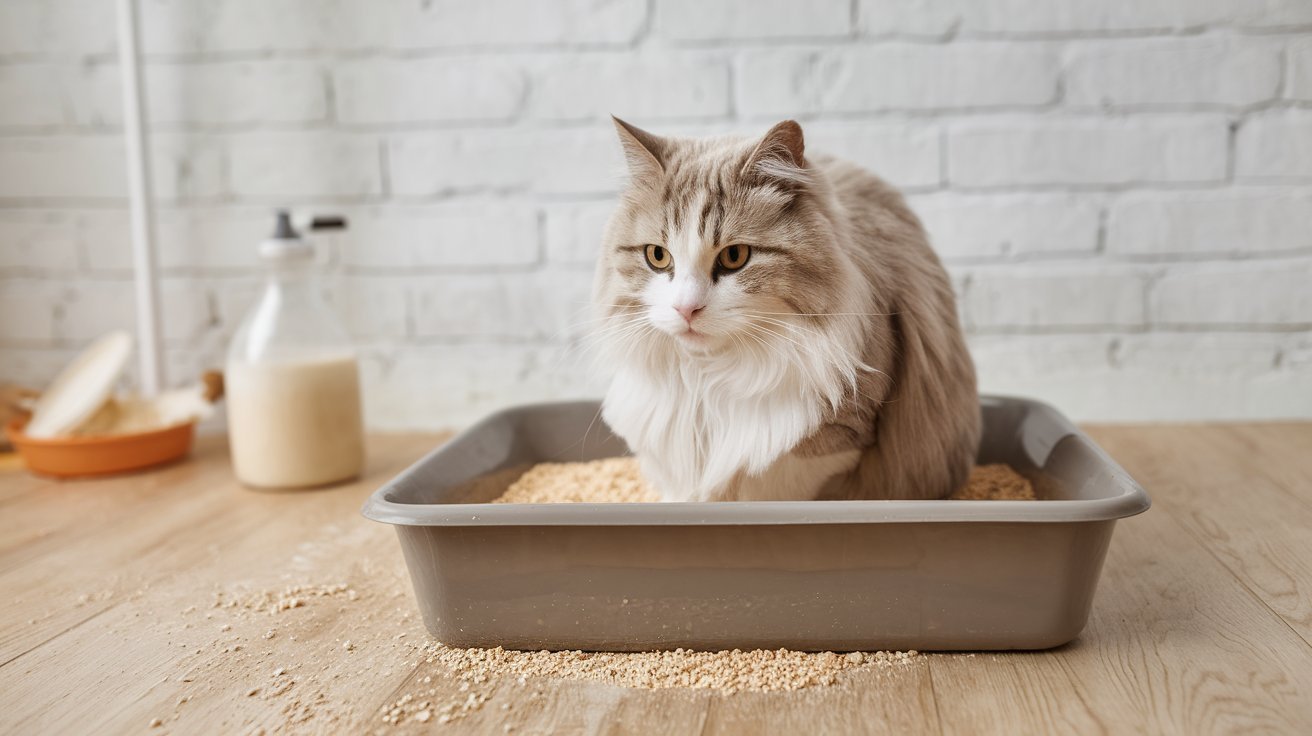Introduction to Golfklúbbar
Have you ever come across a golf club? It’s a tool with a long shaft and a uniquely shaped head designed to strike a golf ball across a vast, open course. While it may seem straightforward, golf clubs, known as Golfklúbbar in Icelandic, have an intriguing history that has seen significant evolution.
Golf clubs are vital for making precise shots. But did you know that the design and materials used in these clubs have dramatically changed over time? The early versions differed from the modern, sleek, and technologically advanced tools golfers use today.
The Origins of Golfklúbbar
Early Beginnings of Golf Clubs
In the early 1400s, people in Scotland started playing a game that closely resembled modern golf. However, the equipment they used back then was far from what we recognize today. Imagine playing golf with a heavy wooden stick—this was the reality for early golfers. These primitives were rough, unbalanced, and challenging, but they served their purpose in the emerging sport.
The earliest golf clubs were typically crafted from beech, ash, or hazel trees, with the clubheads made from harder woods like boxwood. Each club was handmade, resulting in unique characteristics that made playing golf a highly personalized experience. Despite the rudimentary design, these Golfklúbbar laid the foundation for the sport we know today.
The Evolution of Golf Club Design
Advancements in Golfklúbbar
As golf became more popular, players sought improvements in their equipment. The design and craftsmanship of it began to evolve, with more attention given to balance and smoothness. By the 1800s, golf club makers were experimenting with new materials and techniques to enhance the performance of their clubs.
One of the most significant advancements was transitioning from wooden clubheads to iron ones. Iron clubs were more durable and allowed golfers to hit the ball farther with greater accuracy. This period marked the beginning of golfers carrying a mix of wooden and iron Golfklúbbar, each designed for specific shots.
Key Milestones in Golfklúbbar Development
The Introduction of Modern Golf Clubs
As golf gained global popularity in the late 19th and early 20th centuries, it underwent a significant transformation. Golf clubs became standardized, meaning that instead of being unique, they began to be manufactured according to specific size, shape, and weight rules.
During this era, steel shafts replaced wooden ones, making clubs lighter and easier to swing. This innovation gave golfers more control over their shots, significantly improving the game’s overall experience. These modern Golfklúbbar paved the way for the standardized equipment used in golf today.
The Rise of Golfklúbbar Manufacturers
As demand for golf clubs increased, companies specializing in producing it emerged. Brands like Titleist, Callaway, and TaylorMade became known for their commitment to quality and innovation. These companies played a crucial role in shaping the modern game of golf by continuously improving the design and functionality of Golfklúbbar.
They also introduced specialized clubs for different shots—drivers for long distances, irons for medium-range, and putters for short, precise strokes. The rise of these manufacturers marked a significant milestone in the evolution of Golfklúbbar, making high-quality clubs accessible to golfers of all skill levels.
Golfklúbbar in the Modern Era
Innovations in Golf Club Technology
In the 21st century, technology has revolutionized the design and production of Golfklúbbar. Modern clubs are made from advanced materials like carbon fibre, which is lightweight and incredibly strong. Some clubs even feature adjustable components, allowing golfers to customize them according to their playing style.
One of the most exciting developments in golf club technology is computer-aided design (CAD). Engineers use CAD to test various shapes and materials, ensuring that each Golfklúbbar offers optimal performance. This has led to more accurate, powerful, and forgiving clubs, making the game more enjoyable for players of all levels.
The Impact of Custom Fitting on Golfklúbbar
Another significant advancement in the world of Golfklúbbar is custom fitting. For example, golfers can now have clubs tailored to their specific measurements, such as getting shoes that perfectly fit their feet. This process involves assessing factors like height, arm length, and swing style to create a set of clubs suited to the individual golfer.
The custom fitting has dramatically improved golfers’ performance by ensuring their clubs are the right size and shape. This trend has become increasingly popular, with many golfers opting for custom-fitted Golfklúbbar to enhance their game.
The Future of Golfklúbbar
Trends in Golf Club Design
Looking ahead, the future of Golfklúbbar promises even more exciting innovations. Designers and engineers are constantly exploring new ideas to make golf clubs better. One trend is the increasing customization of clubs, allowing golfers to adjust the weight, balance, and other characteristics to match their preferences.
Another emerging trend is using artificial intelligence (AI) in design. AI can analyze vast amounts of data to identify the best possible designs, leading to the development of more advanced Golfklúbbar. In the future, we might even see clubs that can adapt in real-time to different course conditions.
Sustainability and Golfklúbbar
Sustainability is becoming a critical consideration in the production of Golfklúbbar. More companies are turning to eco-friendly materials, such as recycled metals and biodegradable plastics, to make their clubs. They are also focusing on reducing waste in the manufacturing process and creating clubs that last longer, minimizing the need for frequent replacements.
This shift towards sustainability is good news for the environment and will likely become a more significant trend in the coming years. As golfers become more environmentally conscious, the demand for sustainable Golfklúbbar will continue to grow.
Conclusion
The evolution of Golfklúbbar from simple wooden sticks to the high-tech clubs of today is a fascinating journey. Over the centuries, these tools have been refined and improved through materials, technology, and design advances.
Whether you’re new to golf or a seasoned player, understanding the history and development of Golfklúbbar can deepen your appreciation for the game. These clubs are more than just tools—they result from centuries of innovation and craftsmanship. As you hold a modern golf club in your hands, you are not just preparing for a shot; you are having a piece of history with a future full of even more exciting possibilities.



